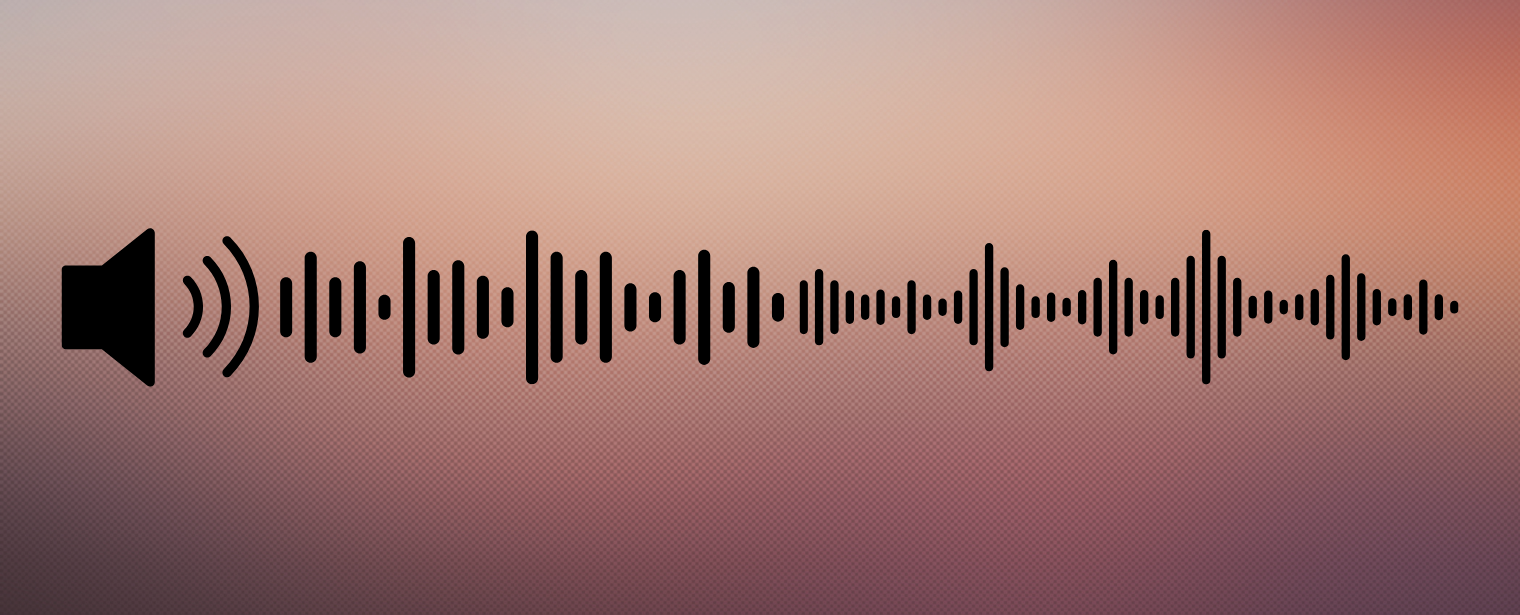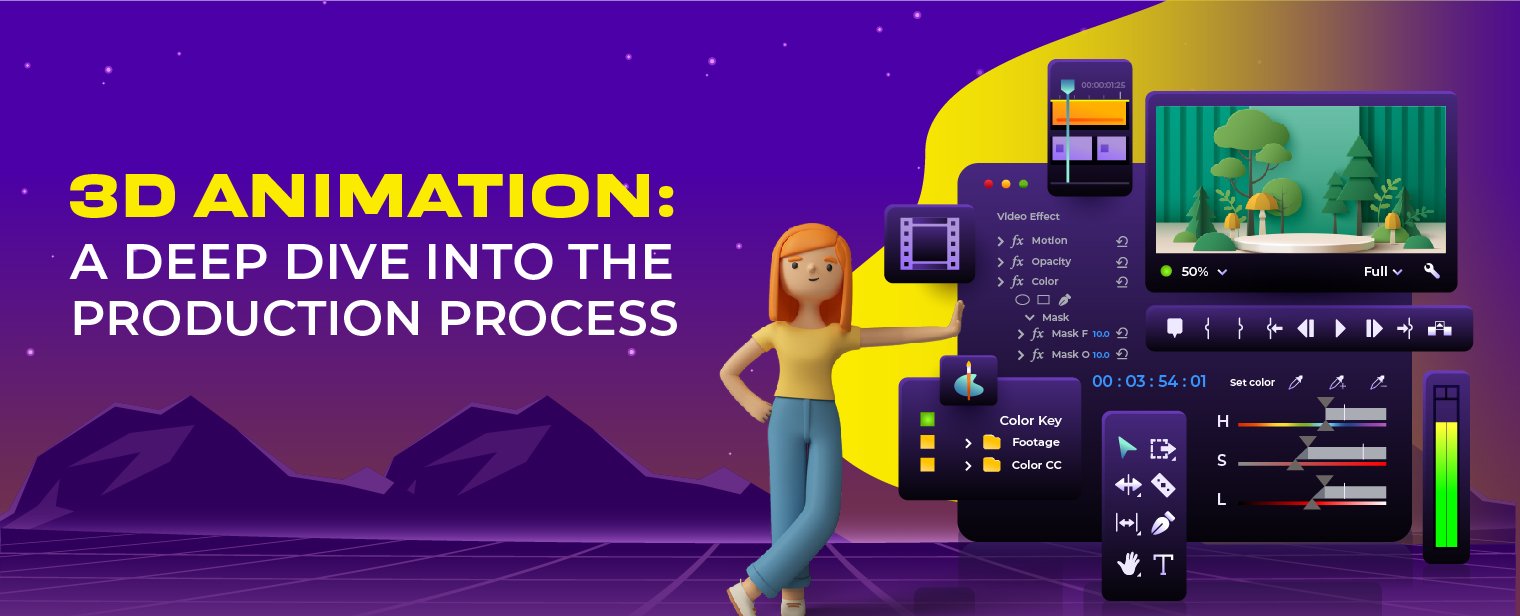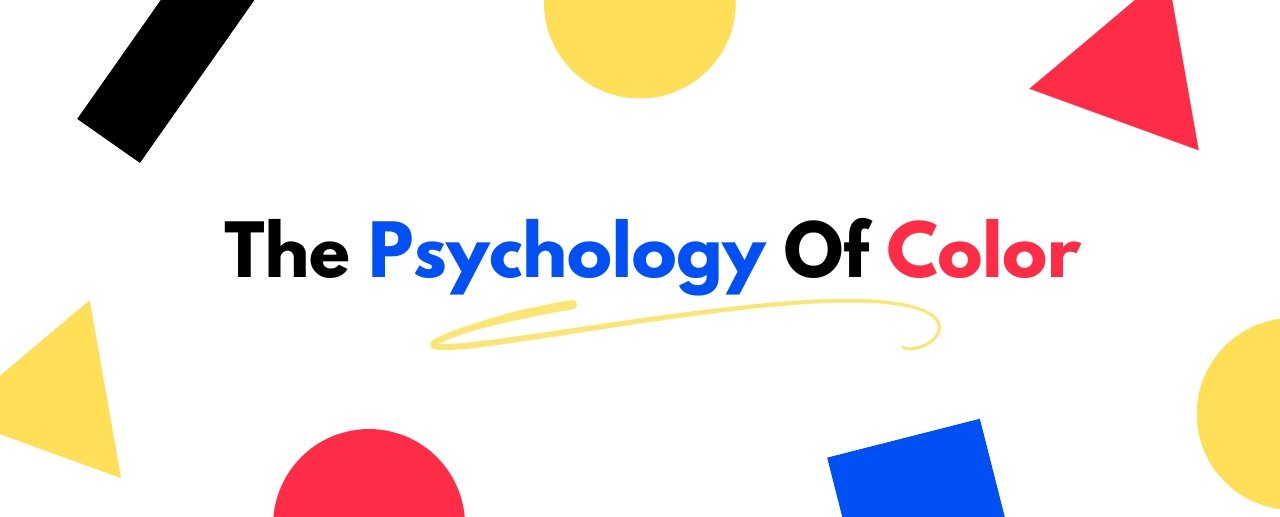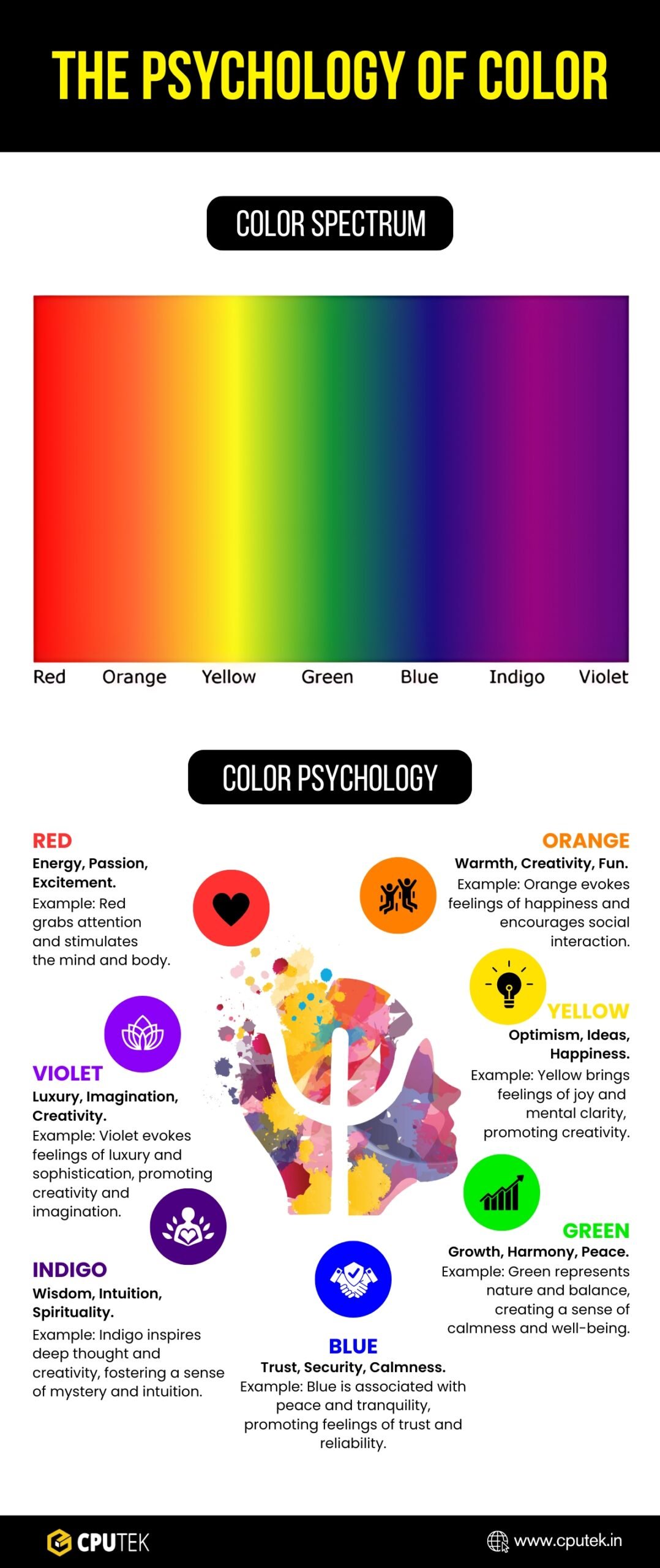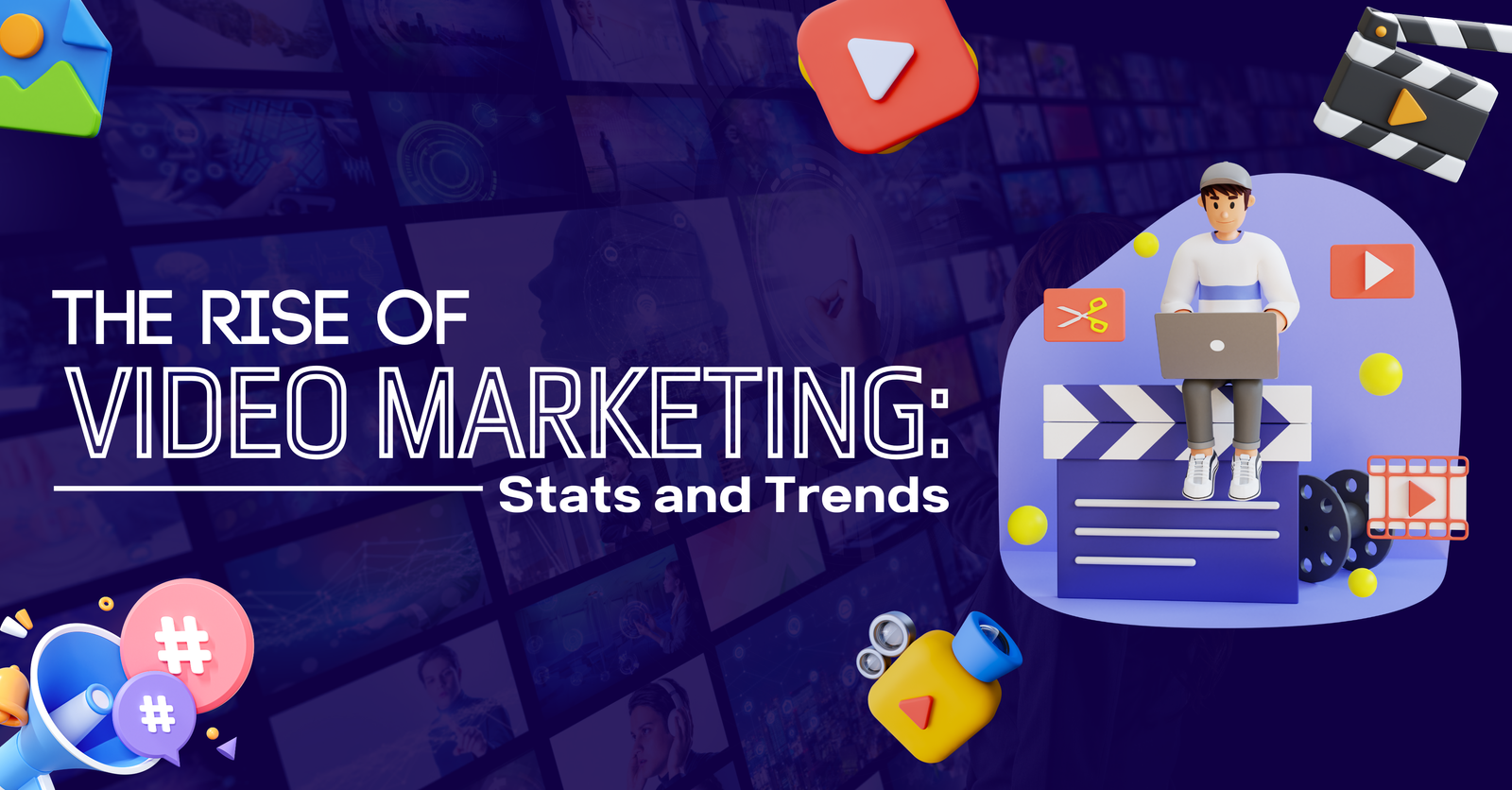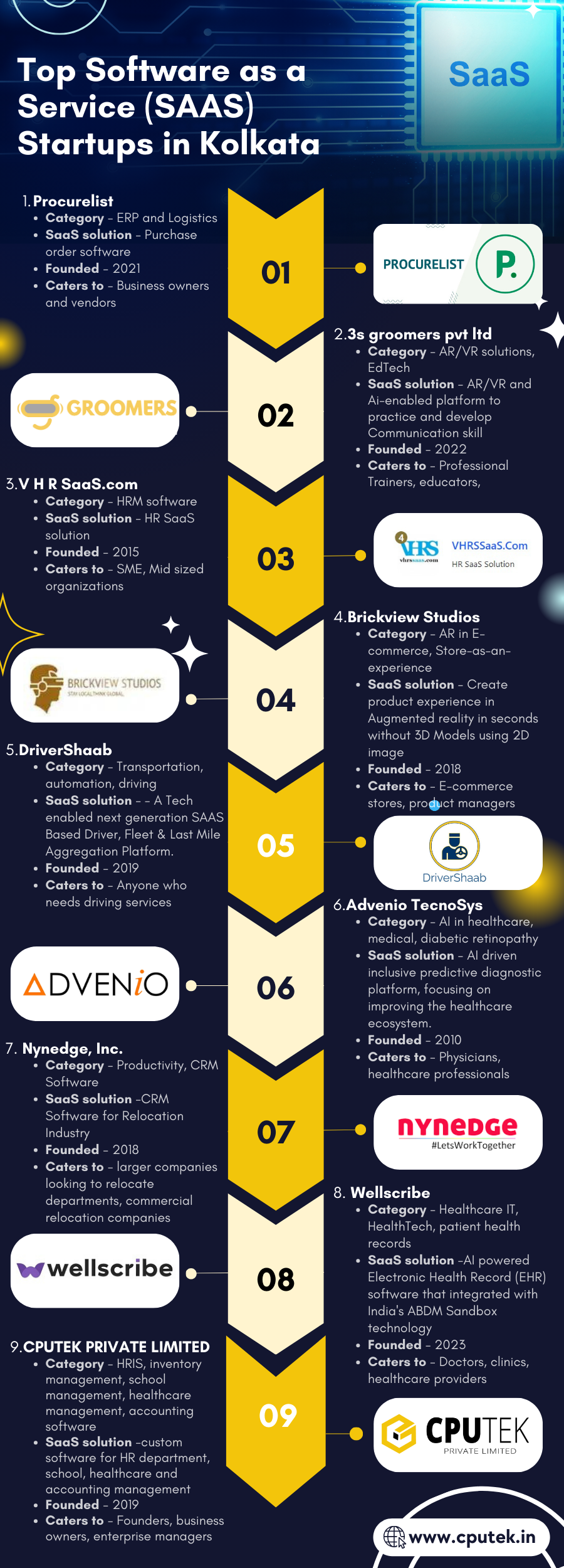Every day, we interact with digital interfaces without even thinking about it. A few taps on a smartphone screen, a quick glance at a smartwatch, or a seamless voice command to a smart assistant, these experiences feel natural. But it wasn’t always like this.
The Shift in UX Design: Why It Changed and What It Means for Users
There was a time when interacting with digital platforms was a frustrating task. Websites were cluttered with too much text, and navigation was an afterthought. Digital products were built with a focus on functionality rather than how users would feel using them. UX design was not a priority; it was something designers did only after everything else was built.
So what changed? And why did certain UX design choices dominate specific time periods? Let’s explore some of the key design trends from the past and present, and the user behaviors that influenced them.
Check out the attached infographic below for a detailed overview in pointers divided in two sections as to what worked in the 90s and what 2025 demands in UX design.
Why UX Wasn’t a Priority in the 90s
In the 90s, digital products were treated as tools. The idea was simple: build a functional system, and users would figure it out. There were no structured UX research methods, and usability was often ignored.
Why was this the norm in the 90s?
- Limited awareness of user behavior: At that time, designers were more focused on coding and technology rather than the psychological aspects of how people interact with digital interfaces.
- Users were tech-savvy by default: Only a niche audience engaged with digital platforms, and they were willing to put in the effort to learn how to use them. The general expectation was that users should adapt to technology, not the other way around.
- Cluttered screens reflected the print world: Digital design was heavily influenced by newspapers and books, leading to text-heavy screens and static layouts with minimal interaction.
For users back then, having access to digital platforms itself was a big deal. They didn’t expect convenience or intuitive interactions. The focus was on getting information, even if it took effort.
What Changed in UX Design Over the Years?
Fast forward to today, and UX design has become a defining factor in the success of any digital product. Users expect seamless, personalized, and visually appealing experiences. Every tap, scroll, and interaction is designed to feel effortless. This shift didn’t happen overnight. It was driven by changing user expectations and advancements in technology.
Why Simplicity Became the Focus in 2025
One of the biggest trends in 2025 is intentional minimalism. Screens are cleaner, interactions are smoother, and distractions are reduced. The goal is to make everything feel natural and intuitive.
Why did this shift happen?
- Users expect speed and efficiency: The more digital interactions become a part of daily life, the less time people want to spend figuring out an interface. If something feels confusing, users will abandon it.
- Overloaded interfaces cause fatigue: In earlier decades, the focus was on adding as many features as possible. Today, UX designers prioritize clarity and ease of use over complexity.
- AI-driven personalization reduces clutter: Users no longer need to see everything at once. AI helps tailor content and actions based on user behavior, reducing the need for overwhelming menus and options.
The Growing Importance of Accessibility and Inclusivity
In the past, accessibility was often overlooked. Digital experiences were designed for the “average” user, leaving out those with disabilities.
Why is accessibility a core UX trend now?
- Laws and regulations demand it: Many countries now require digital platforms to meet accessibility standards. Businesses that fail to prioritize accessibility face legal risks.
- Users demand inclusive experiences: With growing awareness, users expect brands to create digital experiences that work for everyone, regardless of physical ability.
- Technological advancements make it possible: AI-powered voice assistants, screen readers, and adaptable interfaces help bridge accessibility gaps.
Seamless Multi-Platform Experiences
Back in the 90s and early 2000s, users primarily interacted with digital platforms through desktop computers. Today, users switch between devices constantly; smartphones, tablets, wearables, and even voice-controlled assistants.
Why has cross-platform UX become so important?
- Users demand consistency: A person browsing an e-commerce site on their phone expects to continue the experience seamlessly on their laptop or smartwatch without any disruptions.
- Voice, gesture, and touch interactions matter: UX is no longer just about screens. Users interact through multiple input methods, and interfaces need to be designed accordingly.
- Personalization follows users across devices: AI-driven UX ensures that experiences are tailored regardless of the device being used.
The Role of AI in Modern UX
Another major shift in 2025 is how artificial intelligence shapes user experiences. From chatbots that guide users in real-time to predictive design that anticipates what users want before they even ask, AI has changed the game.
Why is AI now a core part of UX design?
- Users expect efficiency: AI reduces friction by providing instant answers, recommendations, and actions without requiring extra steps.
- Personalization has become the norm: Interfaces now adapt dynamically to individual user behaviors rather than offering a one-size-fits-all experience.
- Automation improves accessibility: AI-powered features like voice commands and auto-generated captions make digital platforms more accessible to diverse users.
What Does This Mean for the Future of UX?
The way users interact with digital products will continue to shift based on behavior, psychology, and technology. Companies that prioritize UX will retain users, while those that ignore it will see high abandonment rates.
If you’re curious about the specific UX design trends from the past and today, check out the attached infographic. It highlights key differences between how UX was approached in the 90s vs. how it’s designed today. Understanding this drastic change will help designers, businesses, and digital creators design better, and craft more user-friendly experiences moving forward.


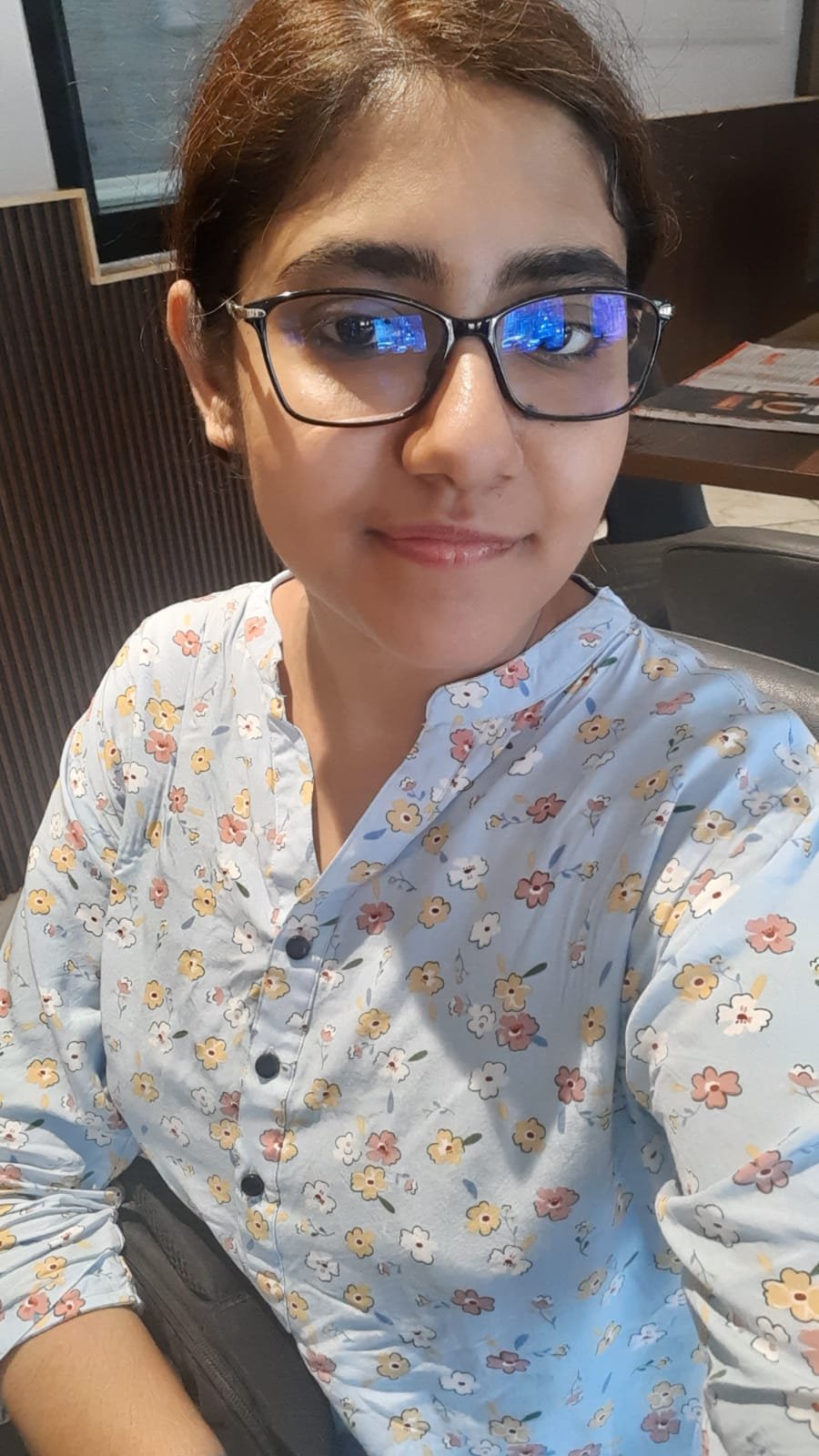
By day I create engaging content along with infusing high-volume, low-competition keywords strategically so that it gets loved by you and Google Crawler. Off the clock? I scroll for fresh ideas. (Don’t judge, gotta fuel the creativity!)





